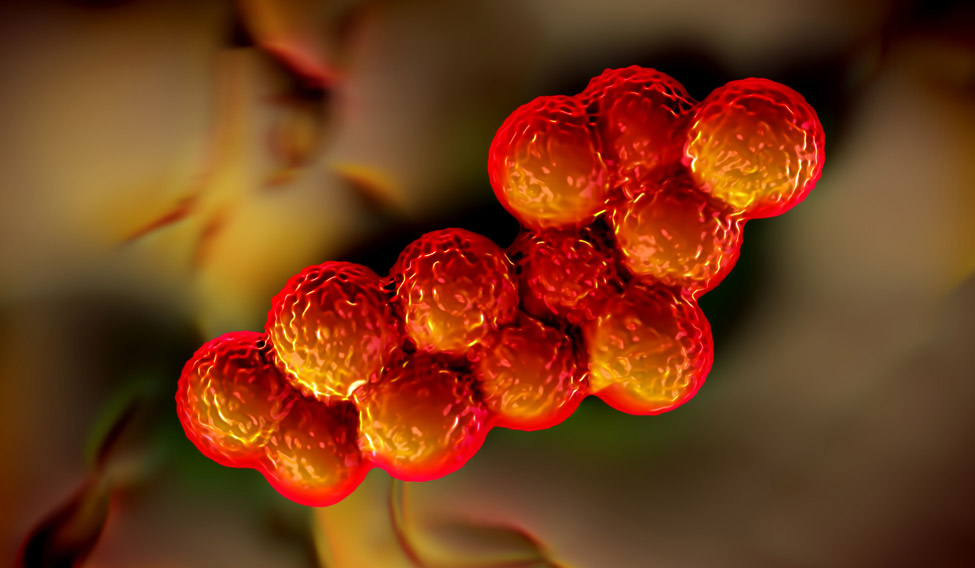The United Nations in its first general assembly meeting on drug-resistant bacteria (commonly known as superbugs) declared antimicrobial resistance a fundamental threat to global health. Antibiotic-resistant bacteria kills seven lakh people in a year and a recent study suggested that the number could reach 10 million by 2050. Shu Lam, a 25-year-old PhD student at the University of Melbourne in Australia, may have discovered a way to fight the antibiotic-resistant bacteria. It is also considered as a possible alternative to antibiotics, because she has developed a new method to fight the superbugs without antibiotics.
The discovery of penicillin, one of the world’s first antibiotics, was hailed as a significant medical achievement of the 20th century. The word antibiotics literally means ‘against life’. Before the discovery of penicillin, bacterial infections killed millions. A life form was taking away the life of millions of people. With the discovery of penicillin, human race was winning a fight against a life threatening life form. In an interview shortly after winning the Nobel Prize in 1945 for discovering penicillin, Sir Alexander Fleming said, “The thoughtless person playing with penicillin treatment is morally responsible for the death of the man who succumbs to infection with the penicillin-resistant organism." He said it 70 years ago, and the ongoing superbug crisis has proved him right. Of all the major causes of origin of antimicrobial resistance (AMR), human involvement is considered the major one. Evolution has worked its way and the widespread use of antibiotics has created more bacteria resistance than through the process of evolutionary pressure. The US Centres for Disease Control (CDC) has reported that gonorrhoea, a sexually transmitted infection caused by the bacterium Neisseria gonorrhoea, is now developing resistance to antibiotics. The WHO estimates that 88 million cases of gonorrhoea occur each year and in 2013 alone, 3,200 people died of the disease.
Shu Lam’s research published in Nature Microbiology is described as a major breakthrough. Her research has developed a chain of star-shaped polymer molecules, called as SNAPPs or structurally nano-engineered antimicrobial peptide polymers, that can kill superbugs.
She experimented SNAPPs on six different strains of superbugs in lab and one in live mice. The polymers work by directly attacking, penetrating and then destabilising the cell membrane of bacteria and without harming healthy cells. Tests on humans have not started yet. Scientists hailed her research and her approach to find a new way to fight superbugs without antibiotics, while others were researching to find more antibiotics. They said her research could be clearing a path to a post-antibiotic world.




